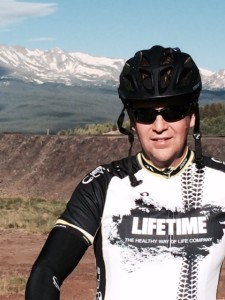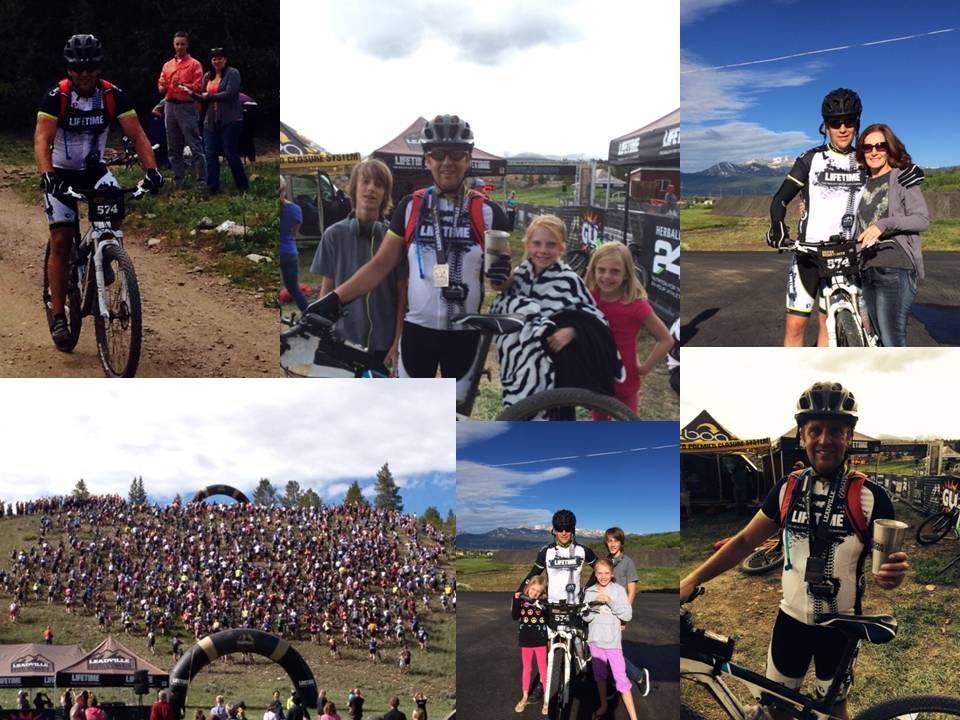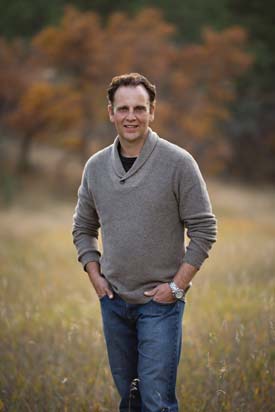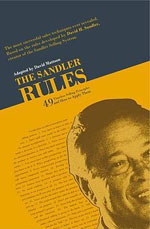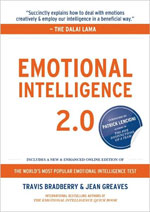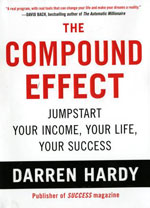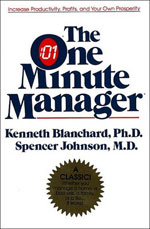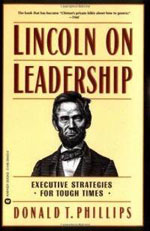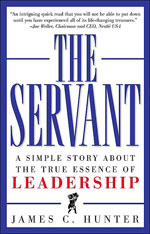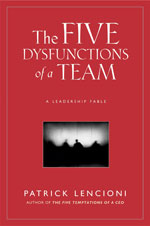 Do you want success in life? Of course you do. Do you desire failure? Obviously not. Have you always succeeded in every endeavor you’ve undertaken? Of course not. Have you ever tasted failure on your way to success? Absolutely.
Do you want success in life? Of course you do. Do you desire failure? Obviously not. Have you always succeeded in every endeavor you’ve undertaken? Of course not. Have you ever tasted failure on your way to success? Absolutely.
Why is it that, while we definitely want success in our lives, we inevitably expect it to happen without any failures along the way?
Maybe it’s because success makes us feel like we’re on top of the world, whereas failure makes us feel depressed and demotivated. Have you ever wondered why we’re so uncomfortable with failure? The answer is pretty simple: we are results oriented. We always expect a predetermined outcome for our work. If we get that outcome, we are happy; otherwise, we get disappointed, depressed, and discouraged.
Nine hundred days ago, I became a self-proclaimed blogger and published my first post. For the most part since then, I’ve written one post per week—124 posts, to be exact. Friends, acquaintances, and colleagues have often asked how I enjoy writing, especially since I barely got a “C” in English, my least favorite subject in college. I typically respond by saying that I really don’t like writing—but I enjoy having written. I go on to describe the difficult and somewhat boring process of dedicating about two hours each week to research and write my 800 – 1000 words for each post. But then I talk about how wonderful it feels to finish something that will be read by others, something that will live on to be picked up by any person, anywhere, at any point in the future. There’s only one problem with my response: it focuses on the joy of the outcome rather than on any joy found in the journey. This response finds fulfillment in the product but not in the process.
As a new Territory Manager with ConMed several years ago, I lost a large capital sale to my competitor. I remember receiving the call from the customer, who told me the company had decided to purchase my competitor’s device. To say I was disappointed is an understatement. I had dedicated so much time and energy to securing my first significant deal. I proceeded to feel sorry for myself and moped around for several days. The real loss in that situation was wrapped up in the fact that I temporarily became completely disconnected from the people who cared the most about me, and I failed to enjoy the days following that phone call—days that included my son’s taking his first steps. Those lost hours will never be recovered, and, looking back, I see that I learned a lot from losing that sale. The approach of finding joy solely in the outcome robs us of countless moments along the way. When joy is only found in the final product, we tend to avoid, endure, or suffer through the other parts of our lives.
Can you relate? We long to be physically fit but hate the steps to get there. We look forward to reaching a desired weight but suffer through diets and/or exercise. We want the college degree but despise the homework assignments along the way. We aspire to make President’s Club but dread the consistent daily behaviors needed to reach the top of the sales rankings. We live for the weekend when our work will be done and complain about Monday’s arrival.
Refusing to find joy in the process has other negative effects as well. This approach causes us to:
- Diminish the role and importance of hard work and effort,
- Miss opportunities to celebrate small wins we achieve along the way,
- Neglect the value of discipline, and
- Ignore the fact that discomfort can aid our growth.
There is a better way, and it’s called mindfulness.
Someone who is mindful maintains a constant awareness of his or her thoughts, feelings, and surrounding environment.
A mindful attitude does not delay joy until the finish line! Instead, it seeks meaning throughout each step of the process.
When we look around us, we see people always in a hurry to get somewhere—so much so that they forget to enjoy the ride. Ironically, the more you enjoy the journey, the faster it will go. The more excited you are about the process, the more pleasurable will be the accomplishment of the goal itself. Live each moment to the fullest, enthusiastic about each step you take.
In these final days before my big race, I’m really enjoying the last parts of my training. As I rode my bike into work today, I reflected on this journey I started 10 months ago. I remember attending my first spin class, where the instructor showed a documentary about the Leadville 100. I had this crazy thought: I can do that.
Here’s the thing: race day is merely one day out of the entire journey. Throughout the past 300+ days, there has been no fast forward button. I was forced to be patient and build my fitness level week in and week out. Instead of asking, “How quickly can I get through this?” I was forced to ask, “How can I make the most of every single day and become as strong as I can get?”
This approach has enabled me to gain so many other things on this journey that were not part of my goal: I am in the best shape of my life; I’ve achieved new athletic milestones I never thought possible; I’ve made some fantastic new friends; I’ve learned so much about physical fitness; and I’ve come to realize how much we can really accomplish when we put our minds to it.
The journey is where we learn, grow, mature, and become stronger, more awesome versions of ourselves.
The journey is the most important part.
Recognize the importance of and the joy in your present activity. Be mindful in every moment and in each step of the journey. There is indeed great joy to be found in the process, not just in the outcome.
And that feels good to have written.



